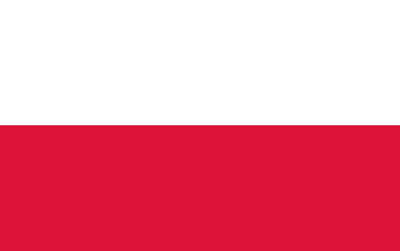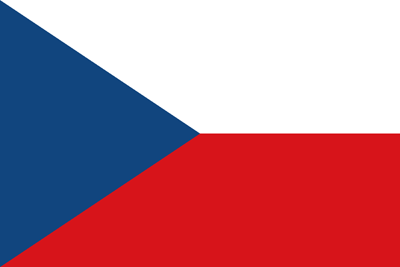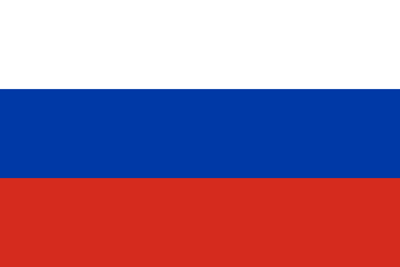What Should a Future First Grader Be Able to Do When Entering School?
(For Parents' Reference)
The time has come to send your child to school. For parents, this is both a great joy and a challenge. Not so long ago, it was enough to simply submit the child's documents to the school's office, and the child would automatically become a student. No one was particularly concerned about what the child knew or could do. But times have changed, and so have the requirements for a first grader.
Kindergartens play a significant role in preparing children for school, but parental involvement is also essential.
To ensure the child succeeds in their studies, it is necessary to start preparing them for school ahead of time. Many parents believe that teaching their child to read and count up to ten is enough. However, this is a misconception – it's far from enough. To assess whether a future first grader is ready for school, there is even a special methodology developed by the Center for Primary Education of the Russian Academy of Education.
The last summer before school has passed, and now the first grader is sitting at their desk in their first real school lesson. What does their first teacher expect from them? What knowledge do they need? What should they be able to do easily?
When going to first grade, bring your preschool knowledge with you!
The child should be able to answer the following questions:
-
What's your full name (surname, first name, patronymic)?
-
What's your father's and mother's full names?
-
Do you have a brother or sister? Who is older?
-
How old are you? How old will you be next year? In two years?
-
Is it morning or evening (day or morning)?
-
When do you have breakfast – in the evening or in the morning? When do you have lunch – in the morning or during the day?
-
What happens first – lunch or dinner?
-
Where do you live? What is your home address?
-
What does your father and mother do for work?
-
Do you like drawing? What color is this ribbon (dress, pencil)?
-
What season is it – winter, spring, summer, or autumn? Why do you think so?
-
When can you ride a sled – in winter or summer?
-
Why does snow fall in winter and not in summer?
-
What does a postman, a doctor, and a teacher do?
-
Why do we need a desk and a bell in school?
-
Do you want to go to school?
-
Point to your right eye, left ear. Why do we need eyes and ears?
-
What animals do you know? Name 3 domestic animals and 3 wild animals. How are they different?
-
What birds do you know?
-
Which is bigger – a cow or a goat? A bird or a bee? Who has more legs: a rooster or a dog?
-
Which is greater: 8 or 5? 7 or 3? Count from three to six, from nine to two.
-
What should you do if you accidentally break someone else's thing?
Also, the child should be able to:
-
Count from 1 to 10 and back, complete a number series with missing numbers;
-
Perform basic arithmetic operations within ten, increase/decrease the number of objects by "one" or "two";
-
Understand the concepts of "more", "less", and "equal";
-
Know basic geometric shapes, and create collages using geometric shapes;
-
Compare objects by length, width, and height;
-
Solve simple arithmetic problems;
-
Divide an object into two/three/four equal parts.
It is important for the child to:
-
Distinguish between letters and sounds, vowels and consonants;
-
Be able to find the required letter at the beginning, middle, and end of a word;
-
Pick words that start with a given letter;
-
Divide a word into syllables;
-
Read sentences of 4-5 words and understand what they have read.
For a successful start in school, the child needs to:
-
Hold a pen or pencil correctly;
-
Draw continuous straight, wavy, and broken lines;
-
Trace a picture outline without lifting the pencil from the paper;
-
Be able to draw along grids and dots; be able to complete the missing half of a symmetrical picture;
-
Copy geometric shapes from a model;
-
Be able to continue shading a picture;
-
Be able to color a picture neatly, without going outside the lines.
If the child's knowledge and skills match this list, they can be considered ready to begin their studies at school. They will feel comfortable in the school environment, using all the knowledge and skills they have acquired in preschool.
Dear Parents! Try to check for yourselves if your child is ready for learning!
Primary School Teacher: S. S. Sapranova
Registrar Information
Plan for Preventing Child Road Traffic Injuries for the 2018-2019 School Year
Notice of Changes to the Quarterly Report
Explanatory Note to the Curriculum of the Secondary School No. 2 in Makaryev for the 2016-2017 Academic Year

 Deutsch
Deutsch
 Francais
Francais
 Nederlands
Nederlands
 Svenska
Svenska
 Norsk
Norsk
 Dansk
Dansk
 Suomi
Suomi
 Espanol
Espanol
 Italiano
Italiano
 Portugues
Portugues
 Magyar
Magyar
 Polski
Polski
 Cestina
Cestina
 Русский
Русский